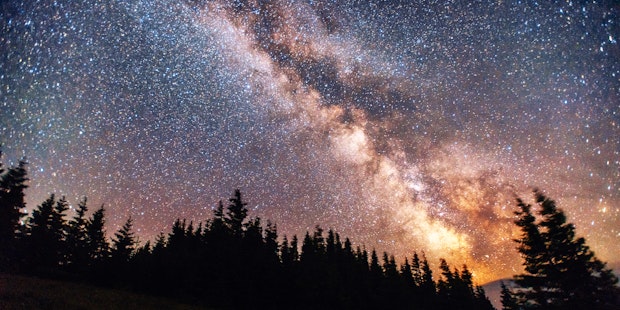Telescope Tales
Telescope Tales
Discovery Place Nature
For as long as humans have existed, we have looked up at the night sky with curiosity and wonder. Our quest to explain and observe the universe led to the invention of one of the most important tools in the history of science: the telescope.
This invention has not only led to our understanding of the universe but has also changed our views of science, technology and exploration. Let’s look at the history of telescopes, how they work and the present and future of this cool scientific instrument.
A View of the Past
The telescope’s history is a story of human innovation. The invention of the first telescope is credited to the Dutch lensmaker Hans Lippershey in 1608. The scope consisted of a convex and concave lens in a tube that could magnify objects three or four times, a type of telescope known as a refractor.
Shortly after, an Italian inventor named Galileo Galilei improved upon the design. Galileo’s telescope allowed him to observe Jupiter’s moons and the phases of Venus. These observations proved that the Earth was not at the center of the solar system.
Over time, telescopes evolved and became bigger and bigger. A problem arose, however: the glass needed to make a bigger telescope was now too big.
Sir Isaac Newton came up with a design using mirrors in 1668. The new telescope design was known as a reflector telescope. This design allowed for bigger telescopes to be built and reduced the distortion often seen in refractor scopes, as previously thought.
How Do Telescopes Work?
As mentioned above, there are two main types of telescopes: refractors and reflectors. Refractors, made from lenses, bend light to focus on the eyepiece. The eyepiece then magnifies the image.
Reflectors, made from mirrors, reflect light to the eyepiece. Both types of telescopes have advantages and limitations, leading to many different telescope designs.
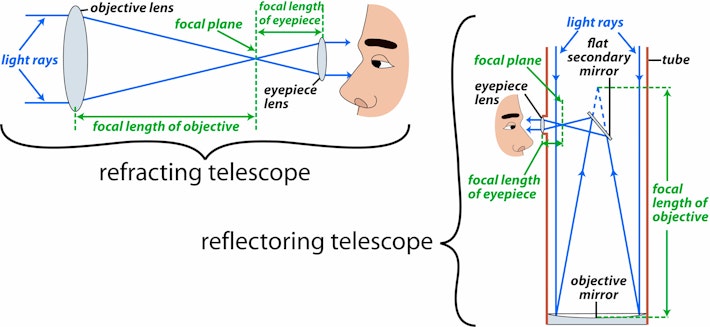
A View of the Present
Modern telescopes have reached a high level of sophistication. Earth-based telescopes, usually placed at high-altitude locations, have changed our understanding of the universe by capturing images of distant galaxies, nebulae and exoplanets.
Pictured below is the Mauna Kea Observatory, located on top of a mountain on the Big Island of Hawaii. This location allows telescopes to take stunning images with minimal interference from the atmosphere.

Space-based telescopes, such as the Hubble Space Telescope (HST) and the James Webb Space Telescope (JWST), have gone beyond the Earth’s atmosphere. Hubble, launched in 1990, was an important research tool and played a huge role in the popularity of astronomy.
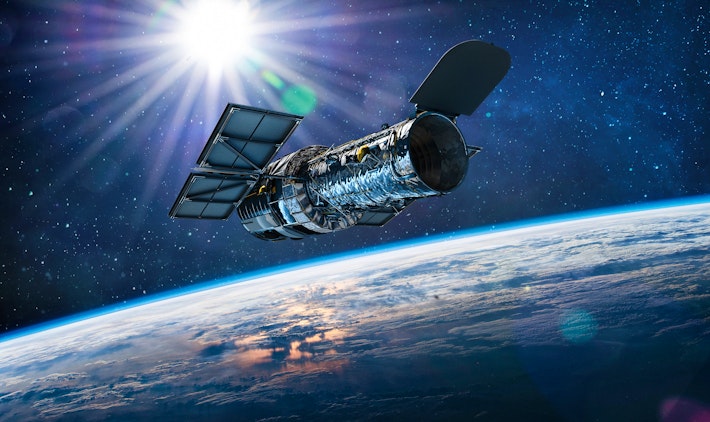
The HST remains in operation, but on Christmas Day 2021, its successor, the JWST, was launched into orbit. The JWST features a creative design of 18 hexagonal gold-plated mirror segments.
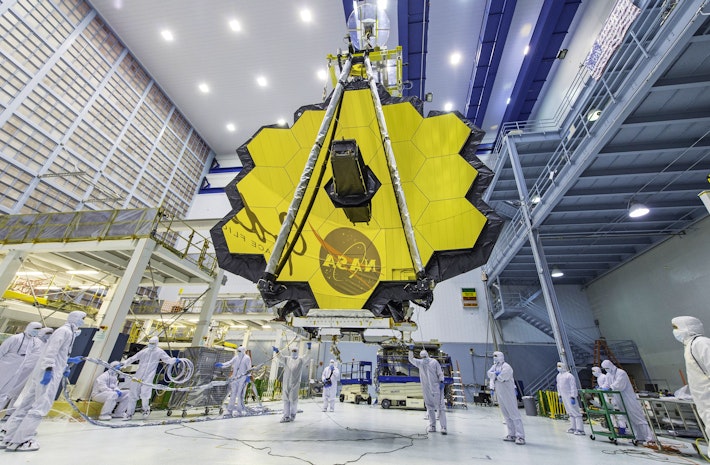
The JWST’s main goals are to search for light from the first stars and galaxies, study galaxy formation and evolution, understand star and planet formation and study planetary systems and the origins of life. So far, the JWST has unveiled stunning images from the distant corners of the universe.
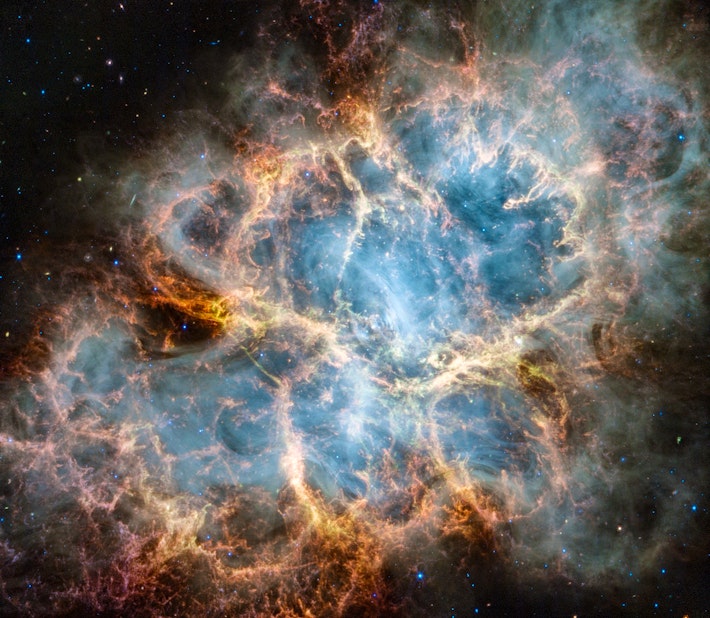
The Crab Nebula Seen in New Light by NASA’s Webb (NIRCam and MIRI)
6,500 light-years away lies the Crab Nebula, the remains of an exploded star. While this target has been well-studied by multiple observatories, including the Hubble Space Telescope, Webb’s infrared sensitivity and resolution offer new clues into the makeup and origins of this scene. Learn more here.
Image Credit: NASA, ESA, CSA, STScI, T. Temim (Princeton University)
A View Into the Future
The future of telescopes looks promising! As technology and science advance, we can anticipate more powerful telescopes. There are many telescopes under construction or proposed.
The Extremely Large Telescope (ELT) is currently under construction in Chile. The scope will feature a 39.3-meter-in-diameter segmented primary mirror and a 4.2-meter secondary mirror.
The vast mirrors will allow the ELT to take photos with a resolution 16 times greater than that of the Hubble Space Telescope.
The estimated completion date for the ELT is in 2028 when it will begin its goal of searching for exoplanets and planets that are not in our solar system. The telescope will look to take images of Earth-like exoplanets.
Future space telescopes could be put together in space, bent into a precise shape, and hundreds of meters across. Advancements in telescope technology will lead to groundbreaking discoveries in astrophysics and unravel the universe’s mysteries.
The history of telescopes is a testament to the human spirit. Our hunger for knowledge and exploration can be seen in how the telescope has progressed from simple lenses to space-based segmented mirrors. Telescopes are not just a tool for astronomers but a window into the universe that can inspire everyone.
Are you fascinated by space? Check out Discovery Place Science’s planetarium show, The Solar System and Beyond!

